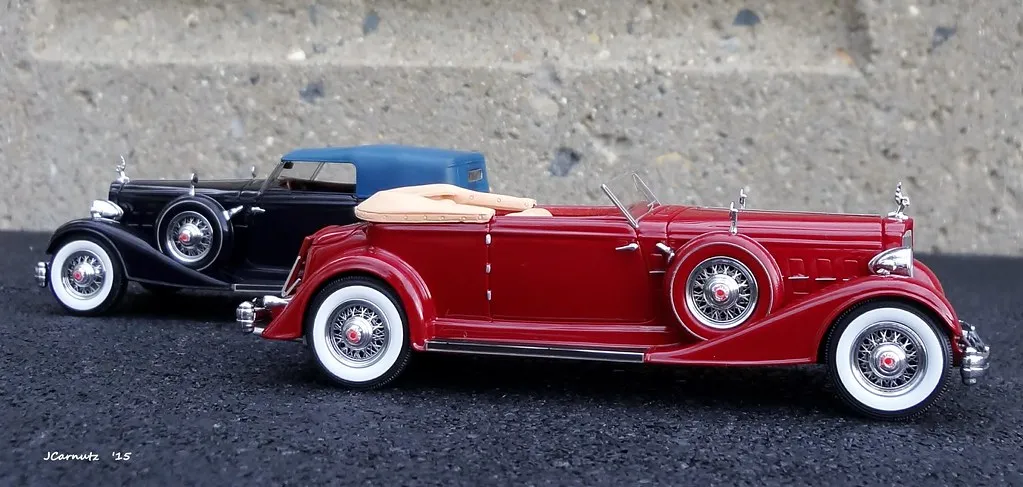What are Diecast Cars
Diecast cars are miniature replicas of automobiles, manufactured using a die-casting process. This involves injecting molten metal, typically zinc alloys, into molds to create highly detailed and durable models. These miniature vehicles have captivated enthusiasts of all ages for decades. They are not just toys; they are collectibles, display pieces, and symbols of automotive history. The appeal of diecast cars lies in their intricate designs, historical significance, and the joy of collecting. They represent a miniature world of automotive design, engineering, and cultural significance, capturing the essence of real-world vehicles in a scaled-down format. Collectors often seek out specific models, brands, or eras, driven by passion and the potential for investment.
History of Diecast Cars
The history of diecast cars is a fascinating journey, starting in the early 20th century. These miniature marvels have evolved from simple toys to highly detailed collectibles. The evolution of diecast cars reflects advancements in manufacturing, materials, and design, mirroring the progress of the automotive industry itself. Their journey from humble beginnings to becoming a cherished hobby demonstrates their enduring appeal and the passionate community that surrounds them. The history highlights the craftsmanship, innovation, and the lasting impact of these miniature vehicles on popular culture.
Early Development
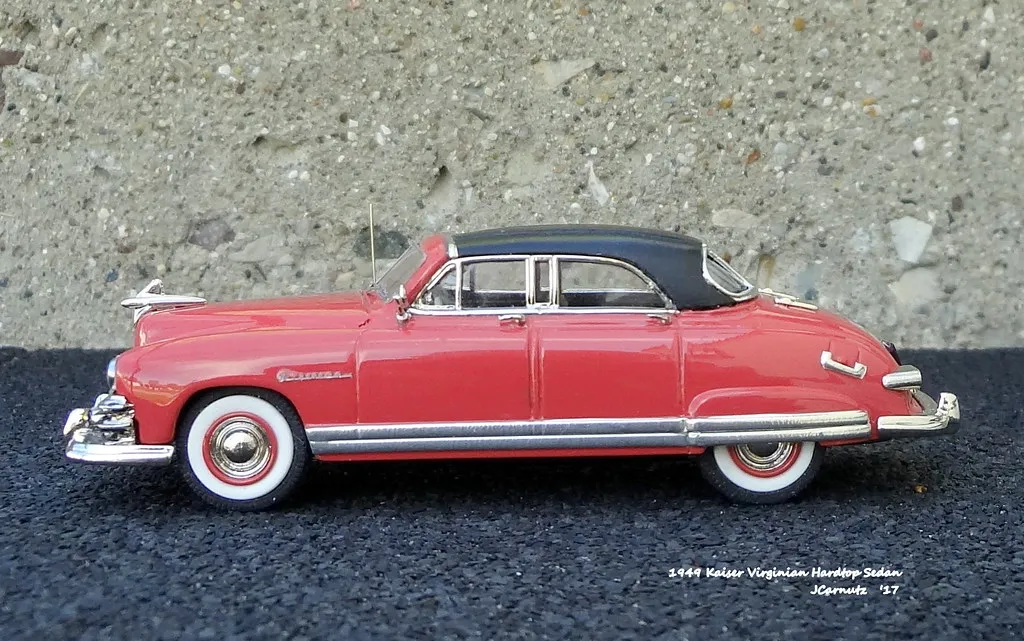
The earliest diecast models emerged in the early 1900s, primarily as novelty items or promotional pieces. Initially, these models were simple in design and construction. The initial models were designed to be durable. The materials and methods of production at the time, however, were rudimentary compared to today’s standards. Early models were usually made of lead or tin. This era laid the groundwork for the diecast industry that would flourish in the decades to come. These early pieces are prized by collectors for their historical significance and the glimpse they offer into the origins of diecast manufacturing. Early models from this era are highly sought after by collectors who appreciate their historical value.
Evolution of Materials
The materials used in diecast car manufacturing have evolved significantly over time. Initially, lead and tin were common, but concerns about toxicity and durability led to the adoption of zinc alloys. Zinc alloys provided a superior combination of strength, detail, and cost-effectiveness. This shift in materials allowed for more intricate designs and enhanced durability. Modern diecast models often incorporate plastic components, rubber tires, and other materials to add realism and functionality. Today, diecast cars benefit from the advancements in material science and engineering. These advancements have made diecast cars more realistic and enjoyable to collectors.
Types of Diecast Cars
Diecast cars come in various types, each with unique features and appeal. From vintage classics to modern supercars, the diversity of diecast cars reflects the breadth of the automotive world. Each type of diecast car offers something different, whether it’s the nostalgia of a classic model or the sleek design of a modern sports car. Diecast cars cater to a wide range of interests. The variety available ensures that there is a model to suit every collector’s taste and passion.
Scale and Size
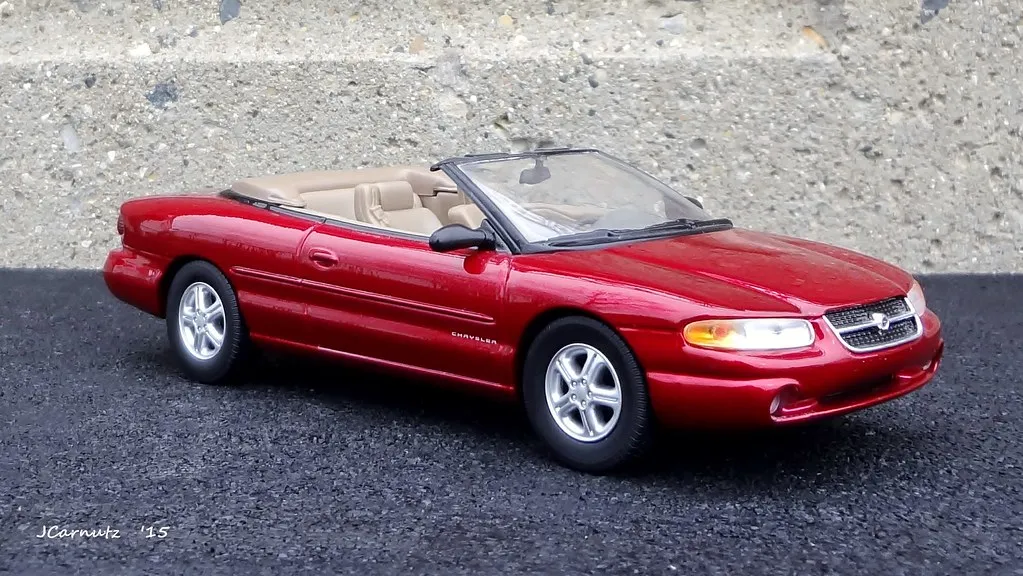
Scale is a crucial aspect of diecast car collecting. It determines the size ratio of the model to the real-life vehicle. Different scales cater to various preferences and display options. The most common scales include 1:18, 1:24, 1:43, and 1:64. Each scale offers a different level of detail, size, and display convenience. Choosing the right scale is a matter of personal preference and available display space. The scale affects not only the size of the model but also the level of detail that can be incorporated. The scale also impacts the price of the model. Larger-scale models often command higher prices.
Common Scales
Several scales are particularly popular among diecast car collectors. 1:18 scale models are known for their large size and impressive detail. They are popular for their ability to showcase intricate features. 1:24 scale models are also popular, offering a balance between detail and size. They are a great choice for those who want a detailed model without taking up too much space. 1:43 scale is a popular choice because it allows collectors to amass a diverse collection without needing a lot of display space. 1:64 scale, often referred to as ‘Matchbox’ or ‘Hot Wheels’ size, is ideal for those just starting or who have limited space. Each scale has its benefits and caters to different collecting styles.
Rare and Unique Scales
Beyond the common scales, there are also rarer and more unique scales that attract niche collectors. These scales may represent specific vehicle types or historical periods. They are often prized for their exclusivity and the specialized collections they support. These less common scales can offer unique collecting opportunities. Finding models in these scales can be a rewarding experience for dedicated collectors. Rare scales often have a dedicated following and can command high prices due to their scarcity and the unique models they represent. These scales are often associated with specific brands or eras, further adding to their collectibility.
Materials and Construction
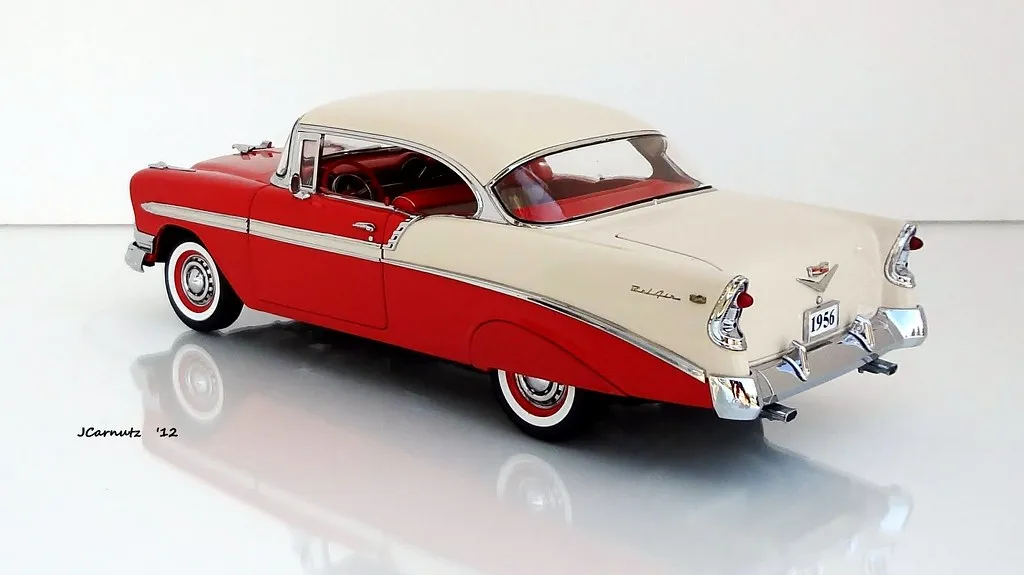
The materials and construction methods used in diecast cars directly impact their quality, durability, and detail. The manufacturing process involves several steps, from creating molds to assembling the final product. Understanding the materials and construction techniques provides insight into the value and craftsmanship of each model. The materials used are crucial for the overall aesthetic and structural integrity. Collectors often appreciate models made with high-quality materials and meticulous attention to detail. The construction methods are also a sign of quality.
Diecast Metal
Diecast metal, typically a zinc alloy, forms the core of most diecast car models. This material provides the weight, strength, and the ability to capture intricate details. The die-casting process involves injecting molten metal into molds. The metal then cools and solidifies, forming the car’s body and chassis. The use of diecast metal allows for a high level of detail, from the body panels to the engine components. This is why diecast metal is the preferred material for many collectors. The use of diecast metal ensures that the models have a realistic feel and appearance. The weight and feel of a diecast model add to its appeal.
Plastic Components
Plastic components play a significant role in the construction of diecast cars. These components include interior details, windows, and other non-metal parts. Plastic is chosen for its versatility. It allows for the creation of intricate designs and features that would be difficult or impossible to achieve with metal alone. The use of plastic components helps to add realism and visual interest to the models. The variety of colors and finishes available with plastic further enhances the appeal of diecast cars. Plastic components also reduce the overall cost of production. This makes diecast cars more accessible to a wider range of collectors.
Detailed Assembly
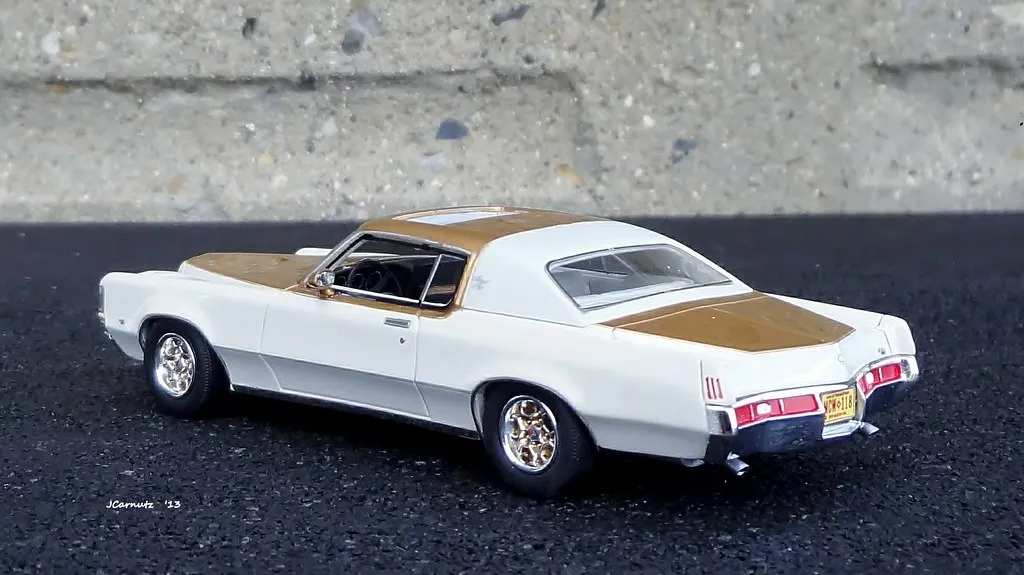
The assembly of diecast cars involves a meticulous process. It requires skilled craftsmanship to combine various components accurately. This assembly includes attaching the body, chassis, interior, wheels, and other parts. The precision of the assembly process is essential for the overall quality and appearance of the model. High-quality models have minimal gaps and perfectly aligned parts. Detailed assembly is what separates a good model from an excellent one. The attention to detail during assembly is a hallmark of collectible diecast cars. The assembly process can include painting and detailing of parts.
Collecting Diecast Cars
Collecting diecast cars is a rewarding hobby. It allows enthusiasts to connect with their passion for automobiles and history. There are many different ways to collect diecast cars. The possibilities are endless. It can be a journey of discovery. This journey is filled with the thrill of the hunt. It is the satisfaction of completing a collection. Collecting diecast cars can also be an investment. It is also a way to connect with a community of like-minded individuals.
Factors Affecting Value
The value of diecast cars depends on several factors, including rarity, condition, and brand. Limited edition models, vintage pieces, and those in pristine condition typically command the highest prices. Brand recognition, historical significance, and the level of detail also play a role in determining value. Collectors often focus on specific brands or models, which can influence the market value of individual pieces. Understanding these factors helps collectors assess the value of their collections. Collectors often consider the desirability of the models.
Rarity and Limited Editions
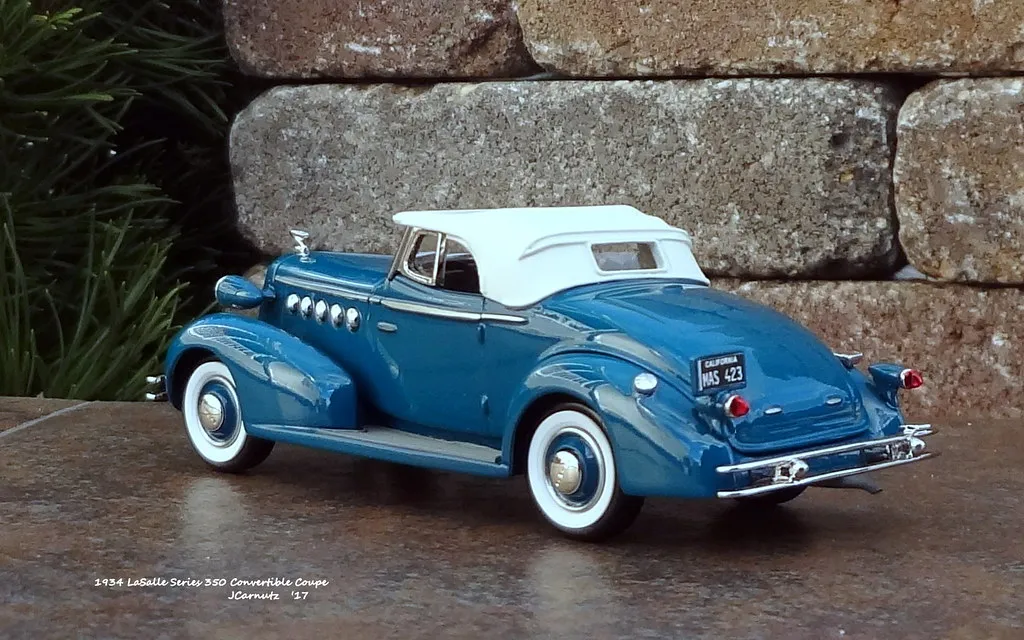
Rarity is a significant driver of value in the diecast car market. Limited edition models and those produced in small quantities are highly sought after by collectors. Rarity can be due to the limited production run or the model’s discontinuation. These models often become instant collectibles. Limited editions often feature unique paint schemes or exclusive details. These models can appreciate significantly in value over time. Collectors actively seek out rare models to add to their collections, driving up prices and increasing their desirability.
Condition and Preservation
The condition of a diecast car is critical to its value. Models in mint condition, with their original packaging, are the most valuable. Collectors carefully preserve their models to maintain their condition. Proper storage, handling, and protection from damage are essential. Minimizing exposure to sunlight, dust, and moisture helps prevent deterioration. The condition directly impacts the model’s appearance and collectibility. Collectors should know how to properly clean and store their models.
Displaying Your Collection
Displaying diecast cars is a great way to showcase your collection and protect your investment. Effective display strategies enhance the aesthetic appeal of your collection. The display also makes your collection an enjoyable hobby. There are many options for displaying diecast cars, from simple shelves to elaborate display cases. Choose a display method that suits your collection and personal style. Proper display also helps protect your models from dust and damage. This ensures they remain in pristine condition.
Showcasing Techniques
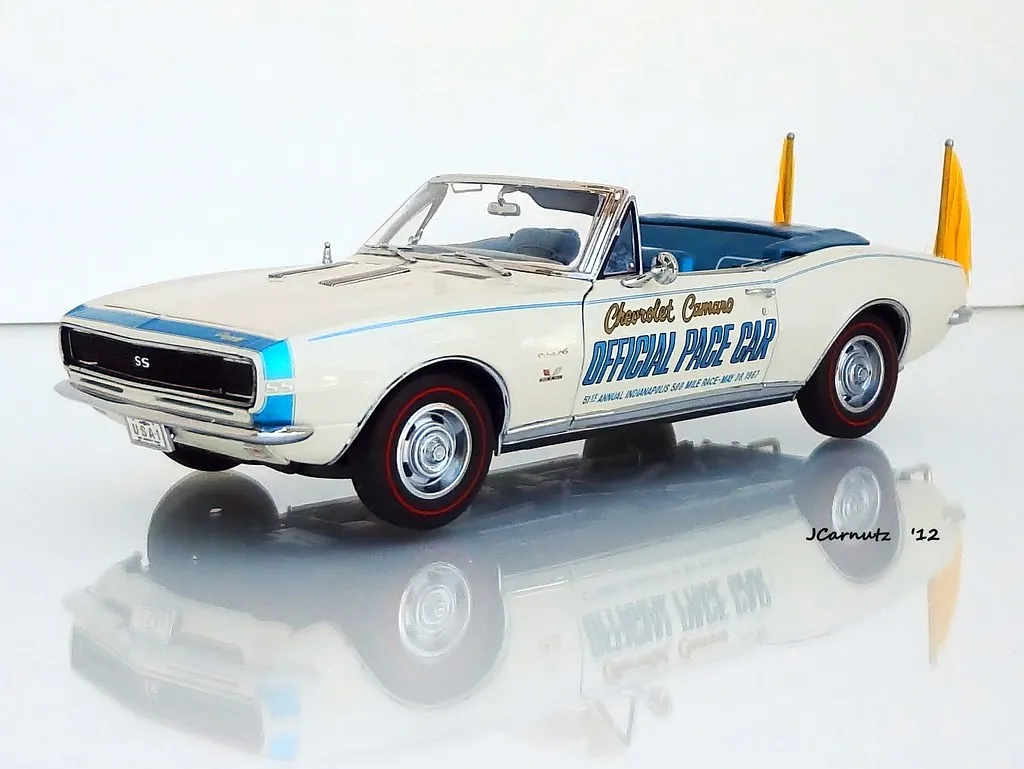
Showcasing diecast cars effectively involves using various display techniques. This can include arranging models by brand, scale, or theme. Using display cases, shelves, or wall-mounted units provides an attractive presentation. Lighting can be used to highlight the details of the models. Using a variety of display techniques creates an engaging and visually appealing collection. Rotating your display periodically can keep your collection fresh. This will allow you to appreciate the models differently. Grouping your models by theme can enhance the visual impact.
Storage Solutions
Effective storage solutions are crucial for protecting diecast cars. This protection ensures their condition and prolongs their lifespan. Storage options include display cases with protective covers, storage boxes, and individual model cases. Proper storage protects the models from dust, sunlight, and accidental damage. Choose storage solutions that fit your space and collection size. You should select storage solutions that keep your models safe. Make sure the storage area is clean and dry.
Maintenance and Care
Proper maintenance and care are essential for preserving the condition and value of your diecast car collection. Regular cleaning, careful handling, and appropriate storage are key to keeping your models in top shape. Following the right maintenance routines helps extend the life of your models. It also retains their appeal. These care tips are important for anyone looking to maintain their collection’s value and beauty.
Cleaning and Dusting
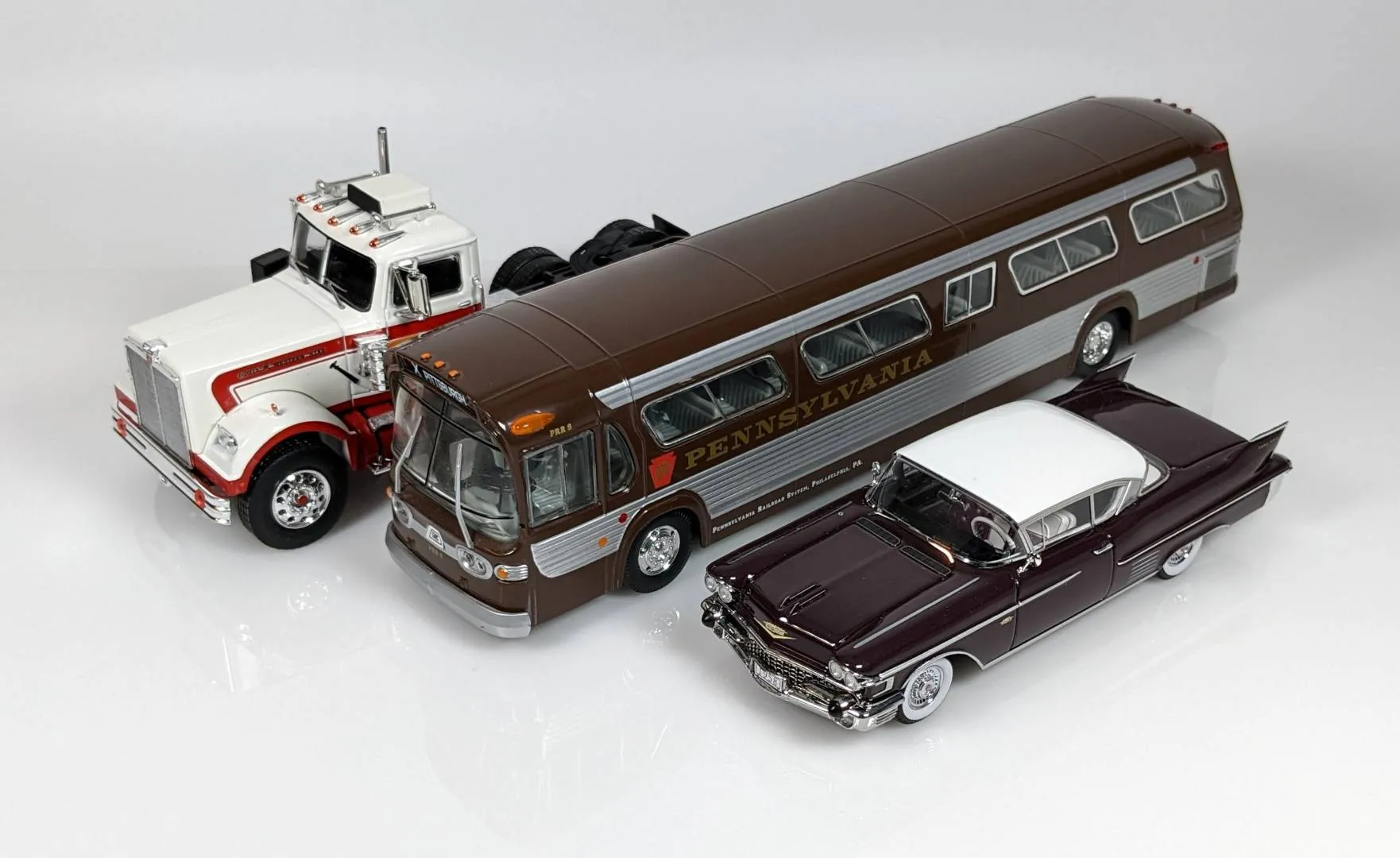
Regular cleaning and dusting are crucial for maintaining the appearance of diecast cars. Use a soft, clean cloth or a specialized brush to remove dust and debris. Avoid harsh chemicals or abrasive cleaners. These can damage the paint and details. For more thorough cleaning, you can use a mild soap solution, but ensure the model is dried completely afterward. Regular cleaning prevents dust buildup. It also prevents damage to the models. Proper cleaning helps to keep your collection looking its best.
Repairing Damage
Minor damage can be repaired to preserve the value of your diecast cars. Small scratches or chips can often be touched up using matching paint. For more significant damage, consider seeking professional repair services. When repairing damage, use appropriate tools and techniques to avoid further damage. Take caution when handling the models. Proper repairs can help maintain the model’s appearance and value. It can restore your models to their original condition.
Where to Buy Diecast Cars
Diecast cars are available through a variety of channels, from online marketplaces to specialty shops. Knowing where to find these miniature vehicles is essential for building or expanding your collection. There is a lot of places to get these models. Each source offers different advantages and a diverse selection. These options make it easier to find the models you want. The best place to purchase is where you can find the models you want. They are also in line with your budget and preferences.
Online Marketplaces
Online marketplaces offer a vast selection of diecast cars, including new and vintage models. Sites such as eBay, Amazon, and specialized online stores provide access to a global market. Online marketplaces offer convenience and a wide range of choices. The ability to compare prices and read reviews can also help in making informed purchasing decisions. Online marketplaces also allow you to find rare and unique models that may not be available locally. The accessibility makes these platforms ideal for both new and experienced collectors.
Specialty Shops and Dealers
Specialty shops and dealers offer curated collections of diecast cars. They provide a more personalized shopping experience. These shops often feature rare and high-end models. You can also get expert advice from knowledgeable staff. Local shops provide an opportunity to inspect models. They also provide a chance to build relationships with other collectors. Specialty shops and dealers are a great resource for collectors. They have a wide selection of high-quality models.
